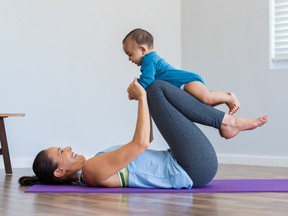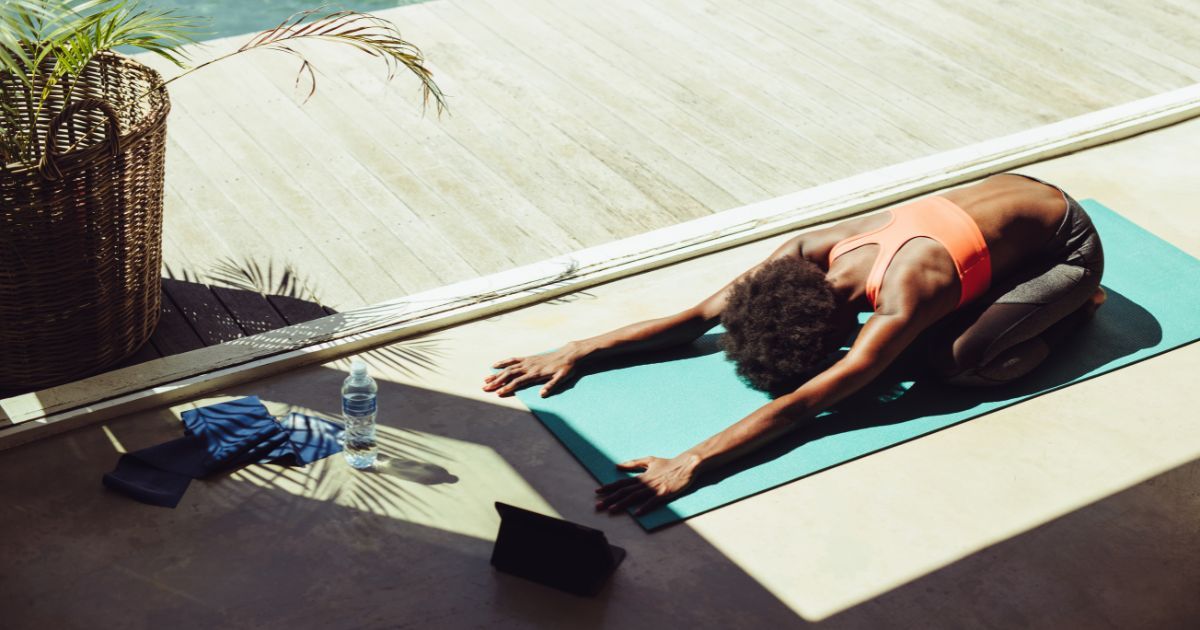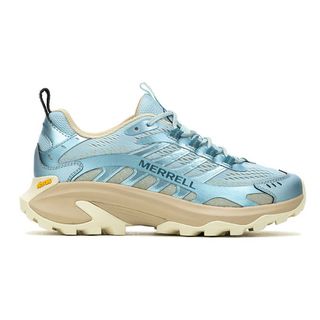Through the ages, humans have fueled their most physically demanding efforts with meaty proteins. Ancient Greeks loaded up on red meat before Olympic contests, and medieval knights recovered from war with venison and pork. The tradition continues today, with world-record-setting weightlifters breakfasting on chicken thighs, eggs, and bacon.
But experts recommend that the modern, average person eat several other foods before and after tough workouts, even if the knights may have tossed them from their castle windows.
The missing ingredients
During exercise, blood carries the nutrients we’ve consumed to our strained muscles, where they’re absorbed. “We are what we eat,” says Keith Baar, a molecular exercise physiologist at the University of California, Davis. “And when we exercise, we’re more of what we just ate.” With proper nourishment, our muscles perform better, exercise feels easier, and we recover faster.
The ancients weren’t exactly wrong about protein. It’s critical in forming the building blocks of muscle tissues during exercise and afterward, when the fibers are beaten up and need repairs. But many athletes and weekend warriors focus too much on protein, says David Nieman, who leads research on exercise and nutrition at Appalachian State University’s Human Performance Lab. “Unfortunately, a lot of people still act like protein is everything,” he says.
Carbohydrates matter just as much, especially for cardio workouts. (And high-fiber carbs, in particular, tend to support long-term health compared to carbs with fewer nutrients.) “We’ve known since the 1960s that the muscles want carbs,” Nieman says. After we eat carbs, they’re converted into something called glycogen, which is stored in muscles until it’s needed for energy. “The research is so strong, you’d be foolish not to use it,” Nieman adds.
Read More: Why Your Diet Needs More Fermented Pickles
But the best exercise fuel you’re not eating may be fruits, nuts, dark greens, and other plants. They’re full of essential nutrients like folate, magnesium, and vitamins A, D, and E, which can reduce stress and inflammation from exercise. Yet most Americans don’t get enough. “Over 90% of our recommendations for many people come down to eating more whole plant-based foods,” Nieman says. For light exercisers, “everything else is minor.”
For people who are just trying to meet the minimum exercise recommendations of 150 minutes per week, try to follow the baseline, daily recommendations for vegetables, protein, and carbs. It doesn’t really matter whether you eat them before or after your workout, experts agree.
For more intensive exercise, though, you’ll want to adjust nutrition before and after—or your workout could involve more rigor than vigor.
Before your workout
Power up with nuts and berries
You may be surprised to find a ream of sports nutrition research pointing to a humble bowl of blueberries and almonds. Many ancient warriors overlooked these foods, but they offer an unusually high variety of polyphenols, compounds found in plant-based foods that reduce inflammation from prolonged workouts.
Blueberries, especially wild ones that you can find frozen, have this effect in competitive cyclists and untrained athletes alike. Their polyphenols are antioxidants, meaning they counter harmful molecules caused by inflammation during exercise—like firefighters putting out flames. This speeds up the recovery process. Jenna Stangland, team dietitian for the Minnesota Timberwolves, infuses the NBA players’ diets with polyphenols, she says; the Timberwolves’ second-best regular season in franchise history was powered by blueberry vinaigrettes, added recently to the team’s salad station. (Stangland is also an advisor to Momentous, a supplement company.)
Nieman also has found that snacking on about 40 almonds per day for four weeks before heavy exercise contributed to less muscle damage. In a study this year, people who ate almonds for two weeks weren’t as sore after running 30 minutes downhill. Because almonds are high in calories, stay very active when upping your intake.
Decades of research support the general health benefits of polyphenols, but their role in exercise is a recent discovery. “They’re the future of sports nutrition,” Nieman says.
Eat a slice of sourdough two hours before
For tough exercise, increase your intake of carbs above the minimum guidelines. Swimmer Michael Phelps set a world record after having three slices of sugar-covered French toast (plus a five-egg omelet). However, Phelps isn’t your average human. Healthier sources of carbs are chickpeas, lentils, and sourdough bread. They take longer to digest, providing a slow, steady release of energy to fuel exercise later in the day. Aim to have these types of carbs about two hours before working out, says Elaine Lee, a kinesiologist who directs the University of Connecticut’s Human Performance Laboratory.
Eat a banana immediately before
Carbs with more sugar and less fiber, such as bananas, get broken down faster. If you time them just before or during your sweat session, the body can use them right away. (Bananas, a high-carb, polyphenol-rich fruit, promote recovery as well as sports drinks according to Nieman’s research.)
Read More: 11 Foolproof Ways to Start a Conversation
Stangland likes honey for her players because it contains the right mix of simple sugars for energy. “I give out honey sticks right before tipoff and at halftime,” she says. Eating these foods too early, by contrast, “can cause blood sugar to crash before exercise,” Baar says. “Then your performance will be very poor.”
Sate your hunger with eggs
You may benefit from combining pre-workout carbs with protein, such as eggs or Greek yogurt. Because protein is more filling than other foods, it overcomes a big obstacle to exercise: hunger. “You’ll feel sated for longer, which can play a role in how you perform,” Baar says.
Vegetarians, worry not; recreational athletes do just as well with plant-based protein compared to meat. Lentils pack ample amounts. “We have some players who prefer plant protein,” says Stangland. Brown rice and pea protein powder is the perfect mix for them, since these two plant powders combined provide all of the amino acids that support exercise.
Consider coffee and collagen an hour before exercise
Research supports only a few pre-workout supplements, found in food, as safe and effective for athletic performance. One is caffeine. Fewer studies point to a protein called collagen for reducing joint pain; mixing it with orange juice, an hour before exercise, may increase absorption. (Stangland makes a pre-game “watermelon collagen shot” for her players, especially the ones who are more prone to tendon injuries.) Amy Bream, an adaptive CrossFit athlete from Nashville, says collagen has helped her back pain. “It’s in my coffee every morning,” she says.
After your workout
Refuel with sweet potatoes 1 to 4 hours after
Post-exercise, it’s key to start replacing the fuel that was exhausted—especially the glycogen—to prepare for future workouts. Lee, who coached and rowed at the NCAA division 1 level, recommends combining high-fiber carbs, protein, dark greens, and hydration within 1 to 4 hours after exercise, saying, “That’s when your tissues are most metabolically active.” Sweet potatoes are ideal as the carb portion, offering plenty of fiber and nutrients such as polyphenols and electrolytes, good for rehydration. Stangland serves the Timberwolves sweet potatoes at least twice per day. “It’s great for them, and they like them—a win-win,” says Stangland.
If you’re older, have protein immediately after
Protein can be enjoyed when convenient throughout the day. Scientists used to think you had to eat it right after the gym to gain muscle, but recent studies find that the timing makes little or no difference in healthy younger people. Seniors benefit more from protein immediately following exercise, Baar says, because their bodies target it better to the muscles at this time. Another strategy that helps with protein absorption: chewing food thoroughly and opting for ground meats instead of steaks, Baar says.
Don’t overdo it with the vitamins
It’s possible to get too many antioxidants, including vitamins. If consumed post-workout, they could block the benefits of exercise. Studies show that athletes supplementing with excess vitamins C and E have more inflammation and molecular stress during their recoveries. But that’s no reason to skip your veggies. It’s next-to-impossible to reach this threshold from food alone, experts say.
Read More: Why Walking Isn’t Enough When It Comes to Exercise
Many studies do support taking a post-workout supplement called creatine, based on a natural compound in muscle cells. Taken daily, it boosts recovery and performance in weightlifting and high-intensity interval training.
Experiment with recovery shakes and other combinations
“We don’t yet have a magic shake” for exercise recovery, Lee says. “Everyone has a different tolerance for what they can eat and how much.”
But you can test one dietary change at a time to see how it affects your performance and recovery. Maybe try having a post-workout, polyphenol-rich bowl of almonds, blueberries, and greens—an AB&G instead of a PB&J—each day to see if it improves your exercise over two weeks. If you measure your heart rate during and after exercise, keep track of the answers to questions like: can you push your heart rate higher than before the change? Or achieve the same workout at a lower heart rate? Afterward, does your heart rate return to normal faster than usual?
Stangland makes a different recovery shake for every player on the team, with extra carbs for Edwards’s all-out performances, for instance. Like all of nutrition science, ultimately “it’s a customization,” Lee says. “You have to find what works for you.”
































Comments
Postmedia is committed to maintaining a lively but civil forum for discussion and encourage all readers to share their views on our articles. Comments may take up to an hour for moderation before appearing on the site. We ask you to keep your comments relevant and respectful. We have enabled email notifications—you will now receive an email if you receive a reply to your comment, there is an update to a comment thread you follow or if a user you follow comments. Visit our Community Guidelines for more information and details on how to adjust your email settings.